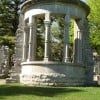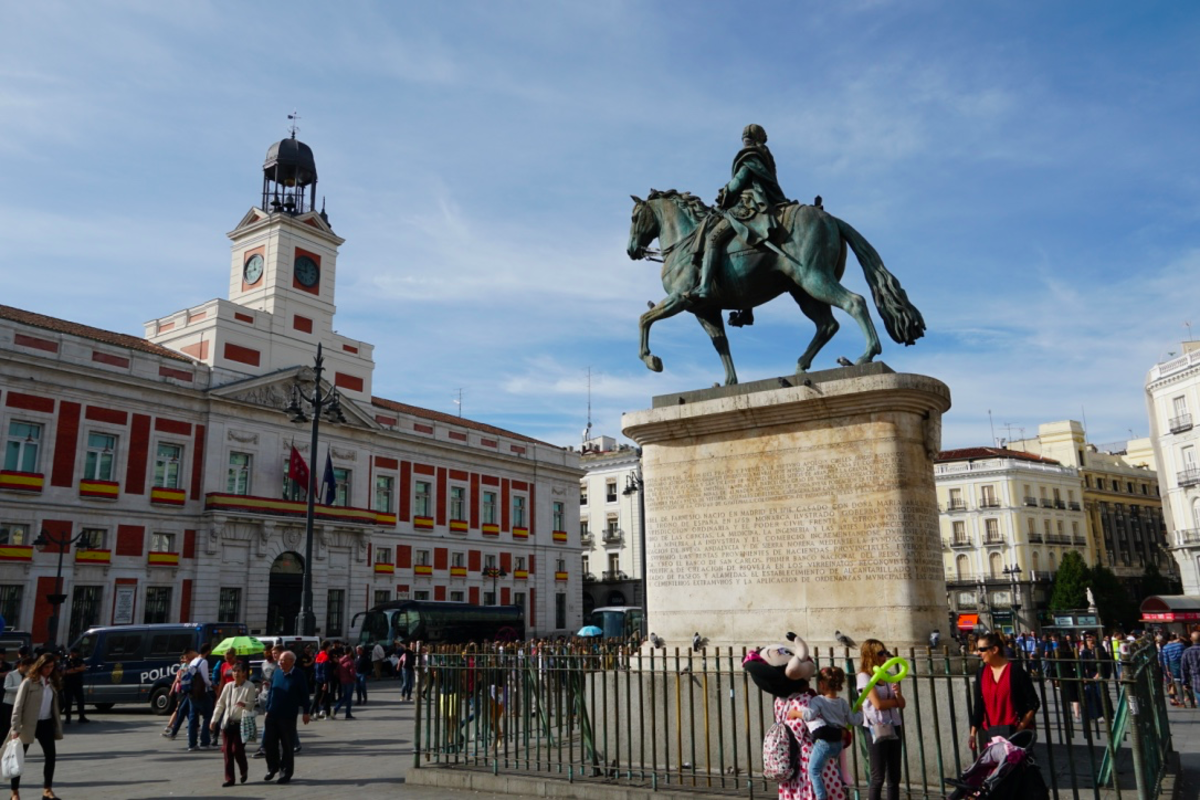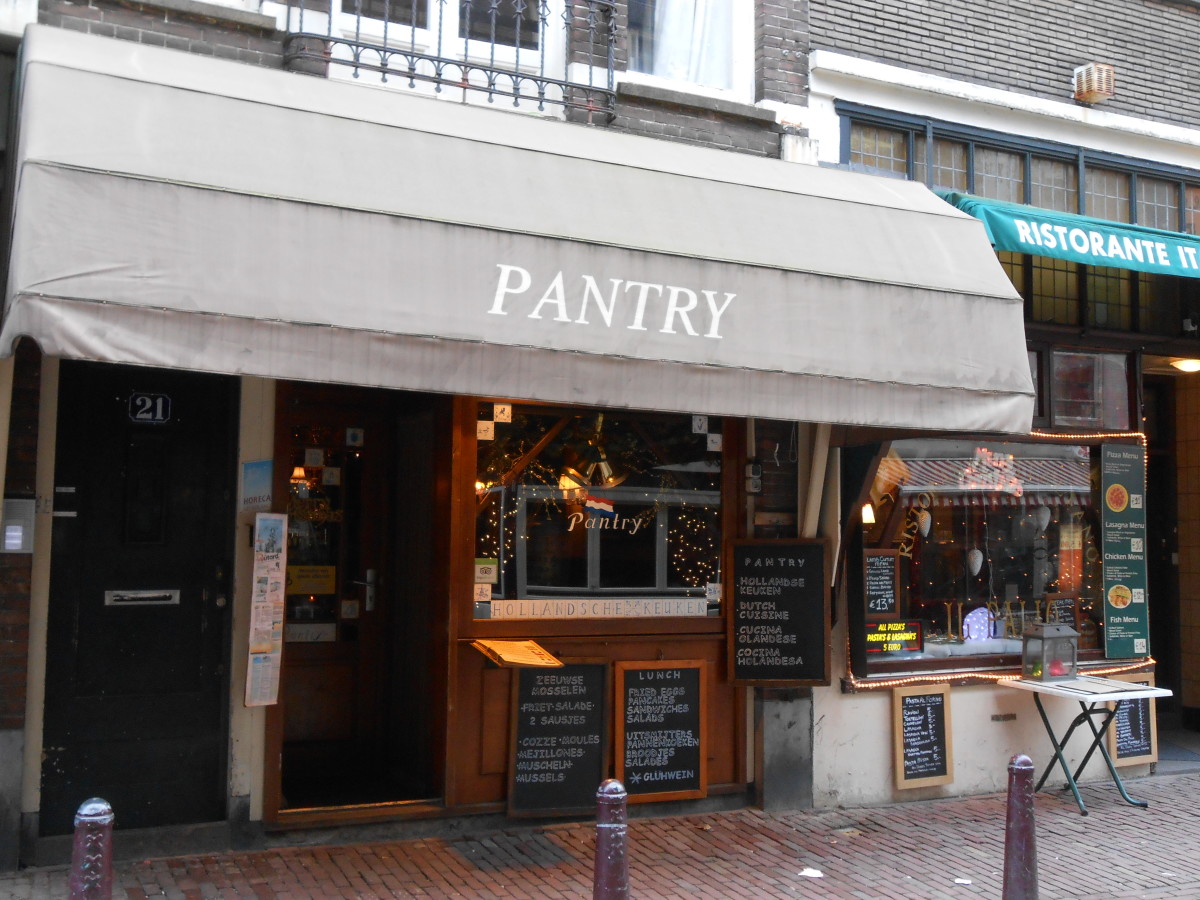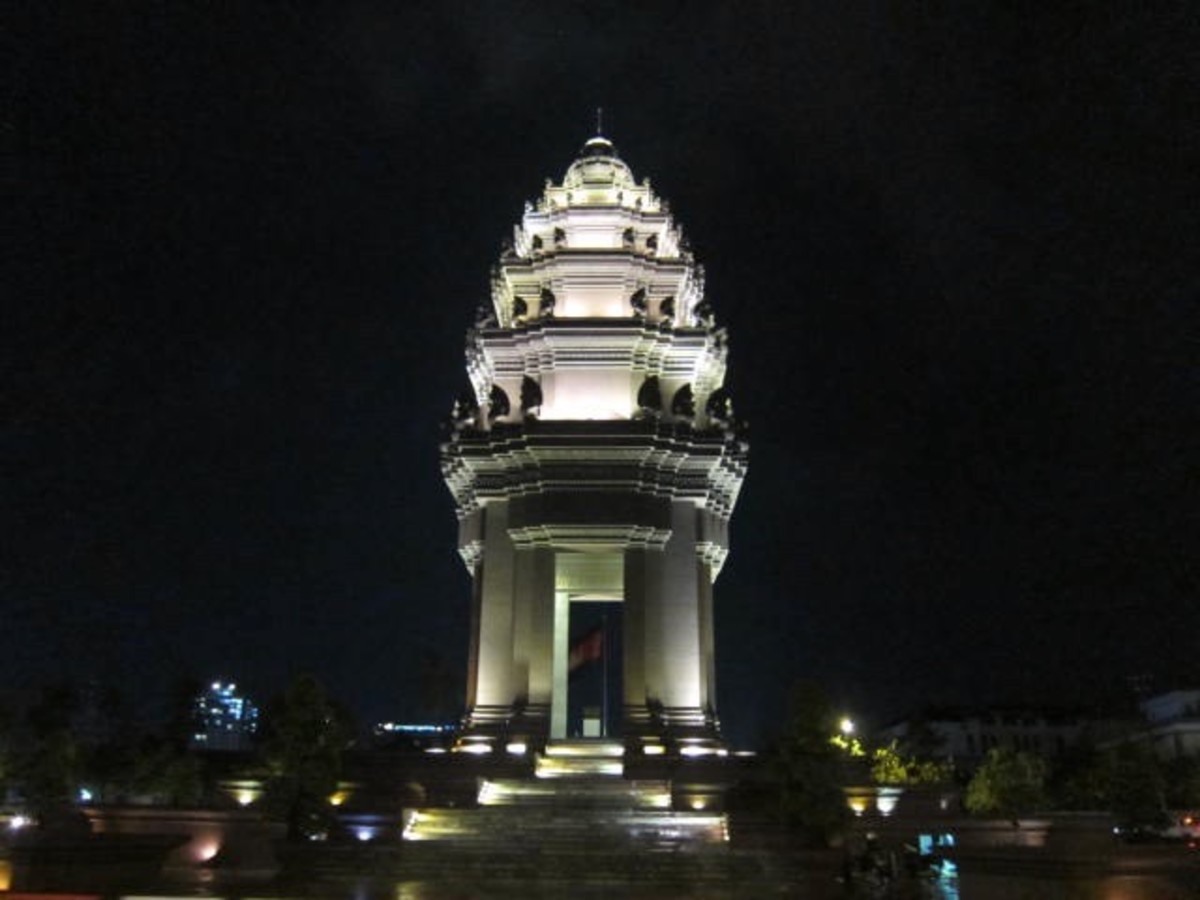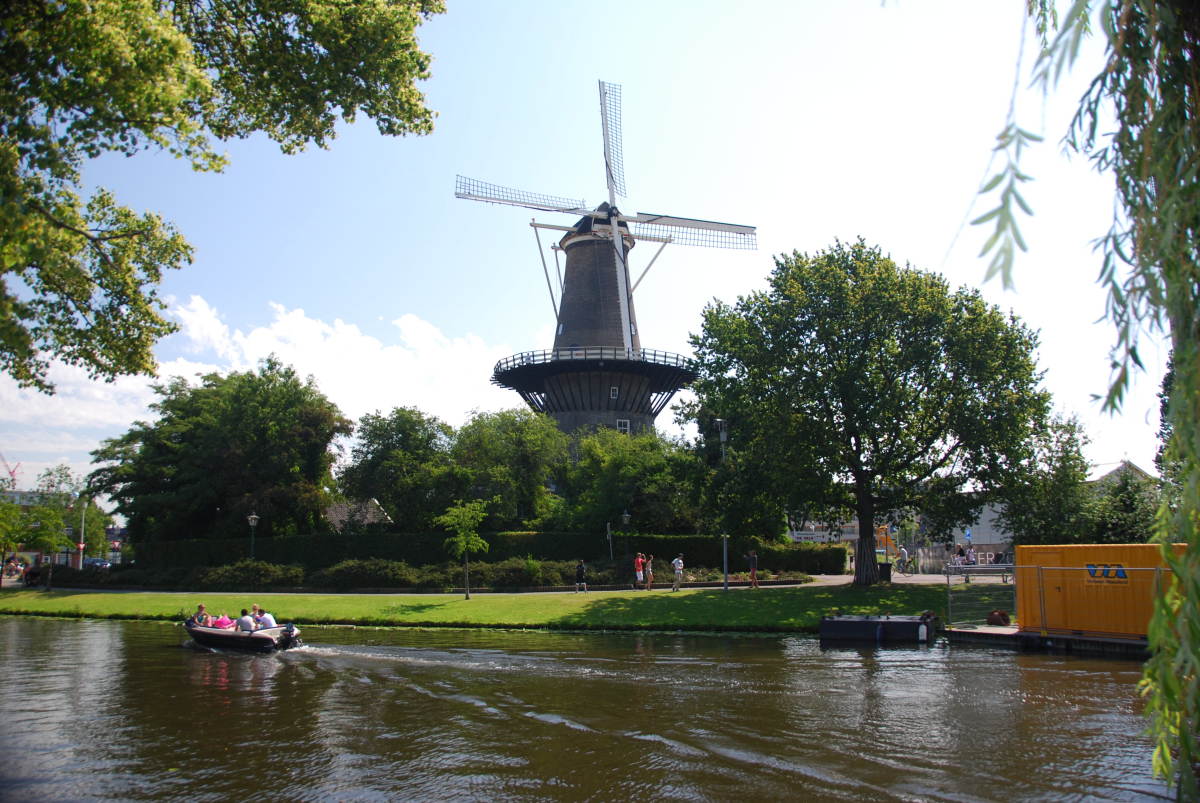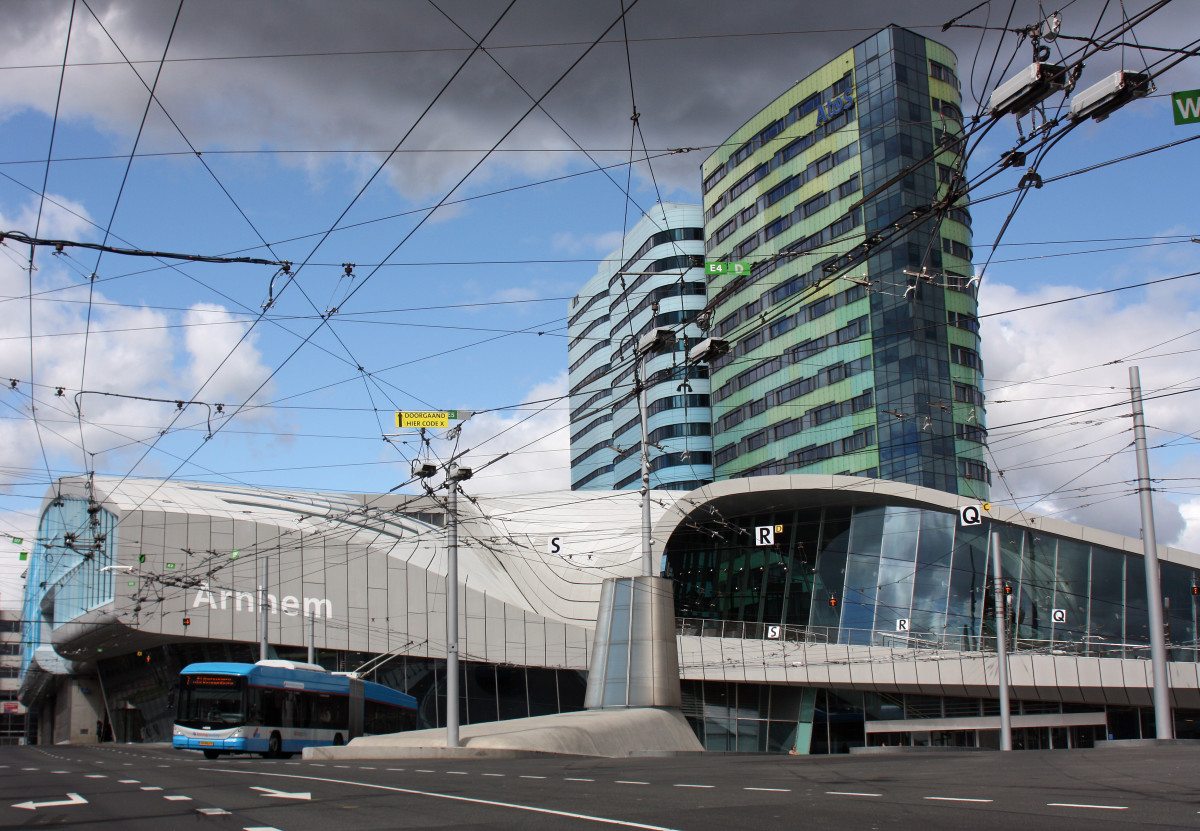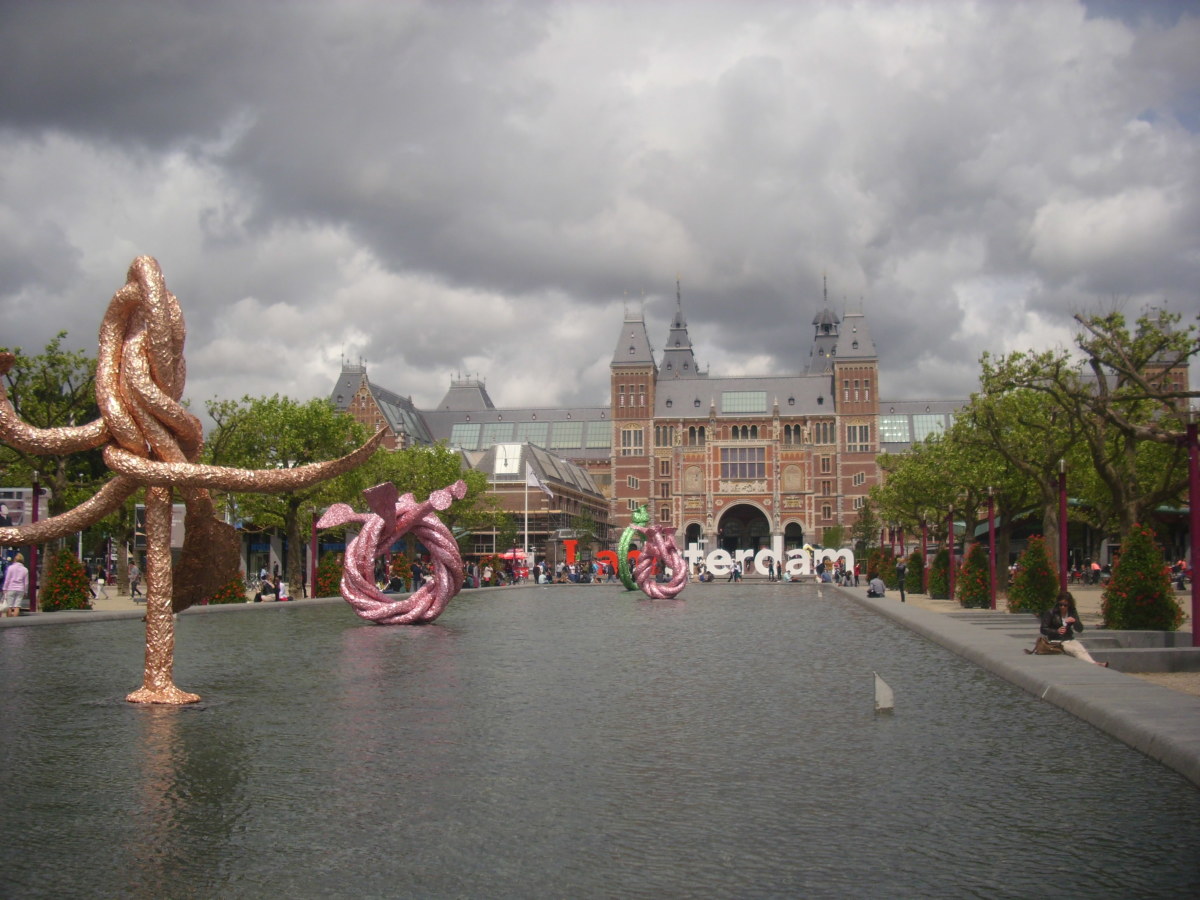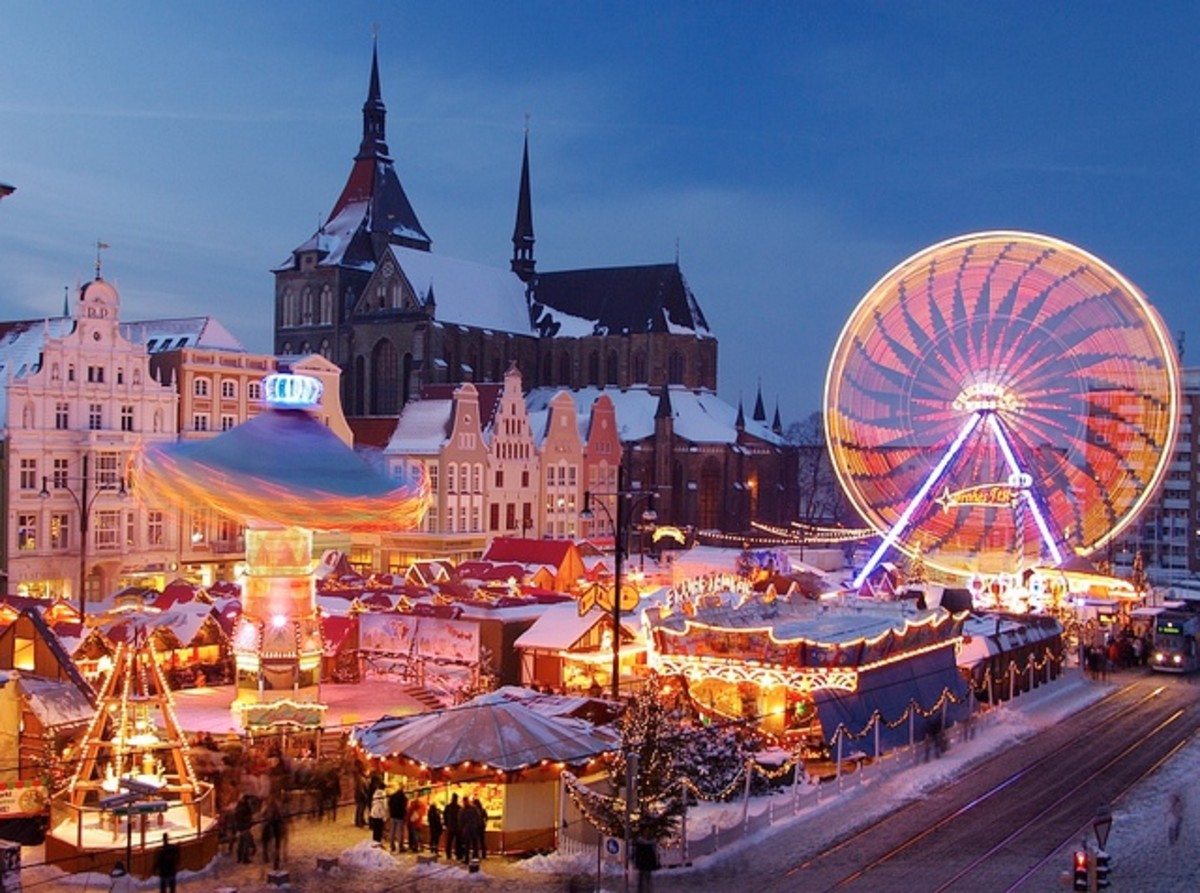Visiting the Royal Palace on the Dam at Amsterdam: 17th century municipal Classicism, turned royal
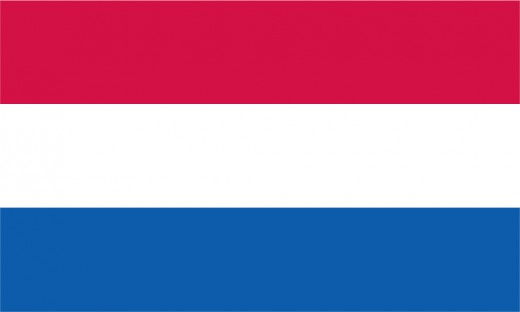
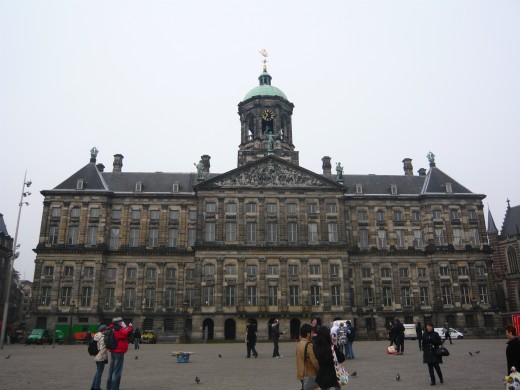

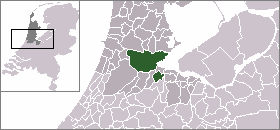
Cornelis de Graeff van Zuid-Polsbroek's office, now the monarch's palace
This was erected as a municipal building. Mind you, 17th century Dutch municipal dignitaries were very grand people, and the building ended up becoming royal in designation, as one of the Dutch monarch's palaces.
So they thought that, with the building being so grand, they would give it to the monarch instead, did they? Well, actually, it wasn't as simple as this. For a start, when it was built, from 1648 to 1665, designed by architect Jacob van Campen (1596-1657), there wasn't a Dutch monarch to give it to. (Although if you really wanted one, there was: the King of Spain, but the Dutch had long since ceased to pay much attention to him)(1). The palace was largely built during the time that Cornelis de Graeff van Zuid-Polsbroek (1599-1664) was Regent and Mayor of Amsterdam. This was during the Dutch Golden Age, and this former City Hall's Classical splendour surpassed that of not a few royal palaces around the world.
The Netherlands did not formally become a monarchy until 1815, after French Revolutionary and Napoleonic invaders had been sent home; in the meantime, though, the French invaders had installed, as King of Holland, Louis I, who happened to be the brother of French Emperor Napoleon I. King Louis liked the City Hall, built as Cornelis de Graeff van Zuid-Polsbroek's office, so much, that he turned it into his palace. However, after King Louis I was succeeded by his son, King Louis II — aged 5; he reigned for 8 days — France annexed The Netherlands and a French governor was installed at the palace; the latter resident, in turn, was turned out after Napoleon's defeat. At this juncture, William of Orange-Nassau, whose family had long played an important rôle in Dutch affairs decided, — with the tacit agreement of the European powers — to proclaim himself King William I.
Since then, the former City Hall has functioned very satisfactorily and rather splendidly as a royal palace for the Dutch monarchs. In 1980, on the abdication of Queen Juliana, Queen Beatrix ascended to the throne of The Netherlands and has thus held title to the palace.
In Dutch the Royal Palace in Amsterdam, with its Classical frontage, is known as Koninklijk Paleis Amsterdam , or, more simply, Paleis op de Dam — Palace on the Dam, referring to Dam Square, in Amsterdam's Downtown. A large cupola tops the palace, from which it was possible for dignitaries and officials to watch the sailing of ships.
Note
(1) In 1648 the Spanish king, having with his predecessors been at war with the Dutch, decided to admit what nearly everyone else had long realized, that The Netherlands was an independent country.
Also worth seeing
In Amsterdam , other popular visitor attractions include: the Nieuwe Kerk, facing the Royal Palace; the Anne Frank House at Prisengracht 263-265; the Munt tower (Dutch: Munttoren ) is a well-known landmark by the meeting of the Amstel River and the Singel Canal, and many others.
...
How to get there: Airlines flying to Amsterdam-Schipol Airport from New York include Delta Airlines and KLM. The Dutch railroad company NS (Nederlandse Spoorwegen) maintains rail services between Amsterdam-Schipol and Downtown Amsterdam. There is car rental availability at Amsterdam airport. Please check with the airline or your travel agent for up to date information. Some facilities may be withdrawn, without notice.
MJFenn is an independent travel writer based in Ontario, Canada.
Other of my hubpages may also be of interest
- Visiting the Peace Palace, The Hague, The Netherlands: built on the eve of a huge conflagration
- Visiting Rotterdam, The Netherlands: remembering its famous son, Erasmus of Rotterdam
- Visiting the Toronto Cubes, Ontario and the Rotterdam Cubes, The Netherlands: intriguing, innovative
- Visiting Eindhoven, The Netherlands and its DAF museum: commemorating automobile and engineering her
- Visiting Maastricht, The Netherlands: a tale of the towers of two churches
